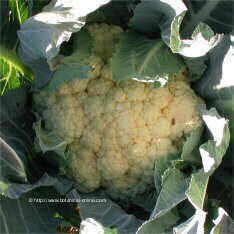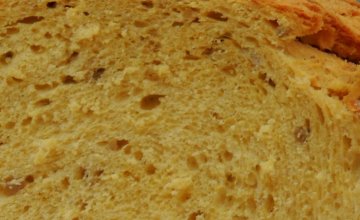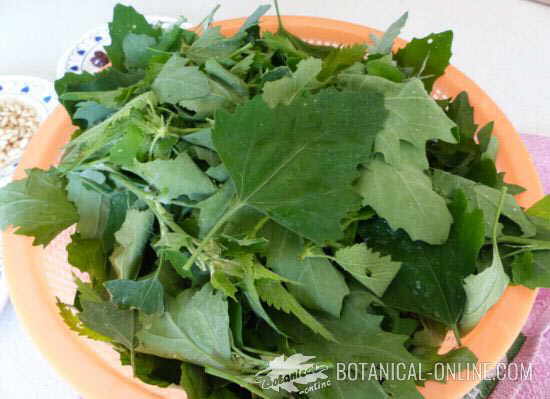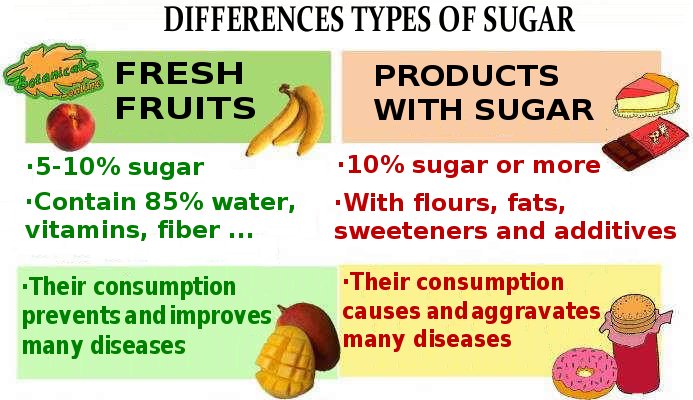Contents
Benefits of phytates
Phytates for diabetes, obesity and heart problems

One of the main benefits of foods rich in phytates, such as nuts, legumes or whole grains, is precisely their ability to prevent or slow the assimilation of some nutrients. That is, the same antinutrient properties that have reputed its bad popularity.
Phytates not only affect the absorption of minerals, but can also be combined with some proteins, carbohydrates and fats from food preventing their absorption.
In the intestine, these substances combine with the carbohydrates of food and cause them to be absorbed more slowly, allowing better control of blood glucose, very interesting for diabetics and obesity.
To this effect could also contribute the fact that phytates inhibited the enzyme amylase, which is responsible for degrading carbohydrates for subsequent absorption. It is possible that, by the same mechanism, phytates have a protective effect against tooth decay.
Phytates in legumes, nuts and whole grains to reduce cholesterol
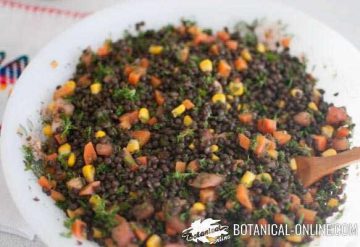
Foods rich in phytic acid, such as whole grains, legumes and nuts, are highly recommended to reduce cholesterol. This is mainly due to the intrinsic properties of these foods (which require chewing, provide satiety, are rich in fiber, vitamins and minerals, etc.). But these properties could also help phytates.
Experiments show that phytates prevent fat absorption, which would help fat removal.
It has been shown that eating foods rich in phytates is beneficial for arteriosclerosis and heart disease.
In addition, some research points to the possible role of phytates as protectors against diseases such as fatty liver.
Phytates for kidney stones
Kidney stones are more common in developed countries than in underdeveloped ones. Precisely this data was one of the first indications that suggested a possible protective role of phytates against the formation of stones.
In countries with a lower incidence of this disease, more foods are consumed with phytates, such as legumes, seeds, and other grains such as whole grains. In the Western diet, these foods are minority, againsts meats and refined cereals that are more abundant. All of them devoid of their fiber (which is where phytates are found).
Subsequent studies on phytates in human nutrition have shown that these compounds are capable of removing calcium oxalate stones from the kidneys and also phosphate or brushite kidney stones.
Phytates prevent the crystallization of calcium oxalate and phosphates, helping to prevent kidney stones.
Properties of phytates against cancer
Phytates have antioxidant and anticancer properties. Its antioxidant capacity is due to the fact that phytate can capture free radicals from cells, neutralizing their effect and preventing the oxidative damage that they can produce.
In addition, phytates may help increase defenses and therefore the body’s natural protection against cancer. In different studies it has been observed that these components could have protective properties against colon cancer, and could help prevent prostate, breast and pancreatic cancer.
Phytates to improve health
In summary, frequently consuming foods rich in phytates helps the body to shed or not absorb substances that may be harmful, such as heavy metals, and also helps improve health through the mechanisms studied.
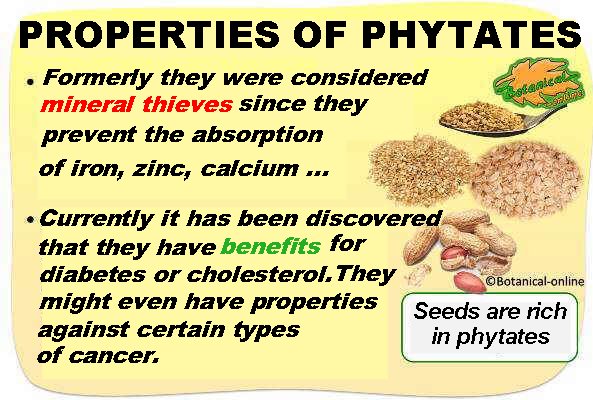
Where to find phytates?
Phytates are found mainly in the mature seeds of plants. In general, fruits, vegetables, tubers and roots are poor in these components. There is some phytic acid content in spinach leaves.
![]() More information on phytates and antinutrients
More information on phytates and antinutrients

